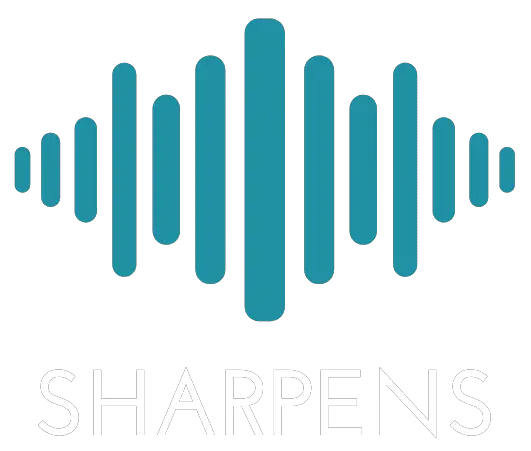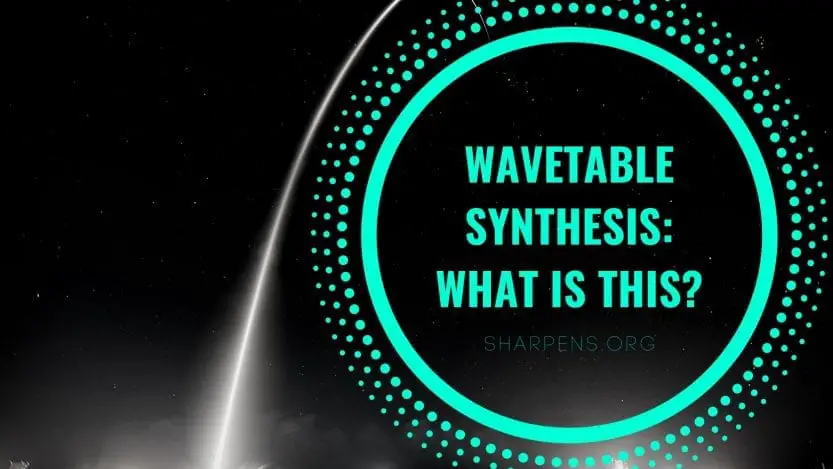In today’s music industry, there are a lot of means and ways to make your sound different and interesting. Due to the improvement in technology and instruments, there have been various ways to change the foundations of music itself. Thus, this includes changes in pitch, harmony, reverb, and many more, as there are different kinds of technological synthesizers available. Each has different uses and various methods on how they can change sound and create inexisting melodies. That is why it is essential to know and understand that these types of technologies are essential in today’s music as we have gone through technological stages that either improved or reduced the quality of our music, depending on how you see it.
What is a Wavetable Synthesis
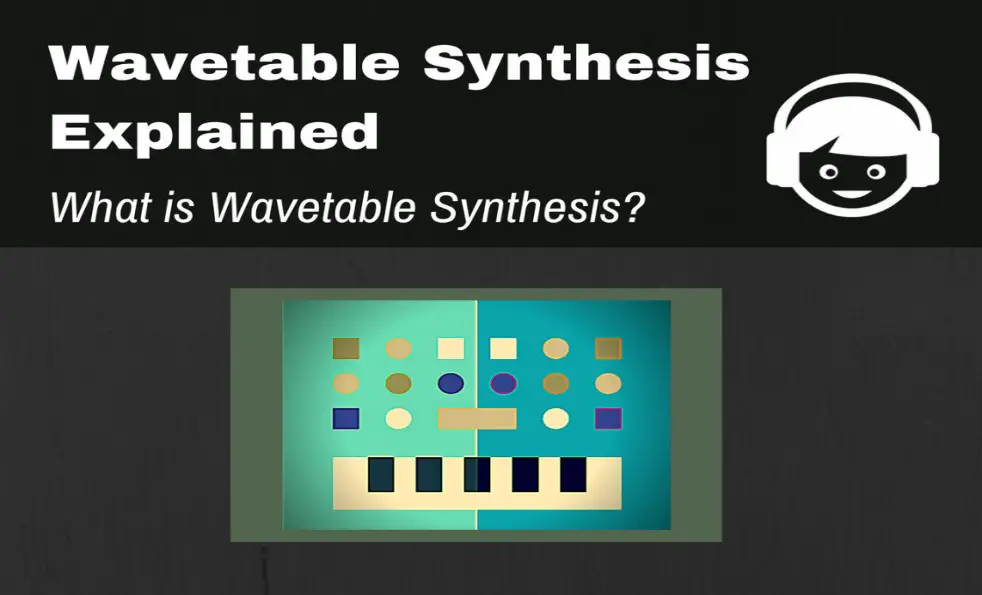
This technique is used in various digital music synthesizers in producing natural tones. The instrument’s sound is tested and placed into a sequence of wavetables, then, each having one cycle per table. Wavetable synthesis can create harmonic content that can be generated statistically via mathematics. Upon playback, these wavetables are applied to carry samples in the same way as in a numeric system to make a waveform. However, in this synthesis, the output waveform isn’t static and develops slowly in time as one wavetable is combined or merged with another wavetable, thus creating a varying waveform. Some loops occur when the wavetable development is stopped, slowed down, or reversed.
Wavetable synthesis can also relate to frequency modulation by using wavetables. However, this process reduces the amount of software needed, as it has already calculated most of the frequency count, and all the CPU or program needs to do is include it between them. Some methods differ from simple sample playback that the waveform is generated in real-time as the CPU or program processes the sequence of wavetables, and the data in each table usually represents one cycle of the wave. Wavetable synthesizers copy the dynamic filters and other synthetic steps by quickly performing successive wavetables that have different waveforms and incorporate them in sequence. If each waveform is a bit dull than the previous, a filter effect can be copied and produced. Thus, this creates an equivalent impact to additional synthesis but is restricted by all partials in the engine that should be harmonic and have a single flow of melody.
History of Wavetable Synthesis
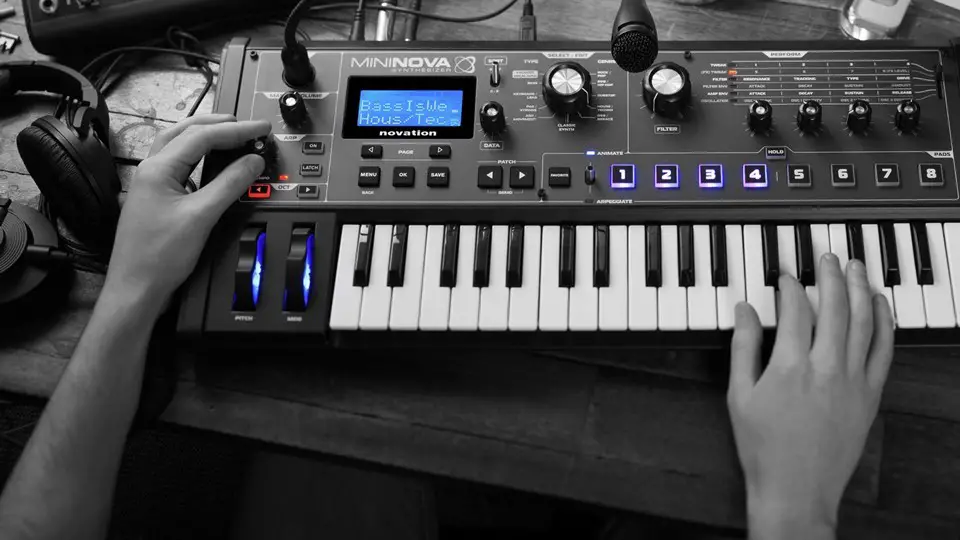
Wavetable synthesis has been around for a long time; in fact, it has been around since the early 70s. But it has only made strides in the music industry during recent years, as most technological devices and advancements have globalized. Thus, this means the popularity and use of wavetable synthesis are only due to technological advancement, as it was not possible to fully utilize its use during those early days.
But today, the use of synchronizers are more common than seeing bands or artist create their sound, as it is easier and the music has better quality when using synthesizers and devices to harmonize any sound.
Utilizing Wavetable Synthesis
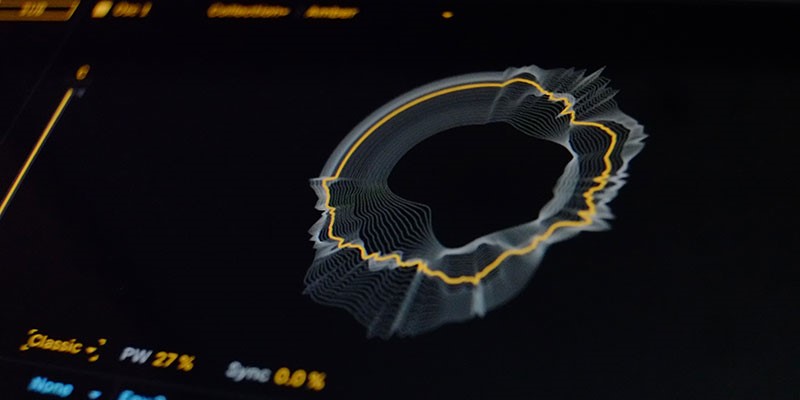
As more and more people are into technological advancement, there are various ways to utilize Wavetable Synthesis and benefit from it. The people that benefit the most from using Wavetable Synthesis are music lovers and music artists. People can now make various types of music and genres into one device, and this eliminates the need for having a band or group of musicians. Though there are pros and cons when it comes to these kinds of changes, one can still argue that technology has eased up the process of music creation. Wavetable synthesis is one of the most significant differences when it comes to the creation of quality music.
The only thing that it needs to function is a high-end device such as laptops or PCs, reliable software, and other musical devices such as synthesizers. The use of Wavetable Synthesis can recreate every sound and turn it into another kind of content. Thus, this means there is no need for the actual creation of sound, and you can recreate the sound, or what we call remixes. DJ’s and musicians create incredible sounds and melodies via the use of technology, particularly synthesizers that have various purposes and ways. There are various methods that artists, DJ’s and musicians of multiple genres utilize, wavetables, reverb, vocals, and many more by the use of technology.
Here are some benefits of using synthesizers and wavetable synthesis:
Vocal Mix

Technological devices such as laptops and PCs have various software that can recreate music via remixing vocals and tunes. Hence, this means you can take some lyrics from other songs, speeches, videos, and many more. You will be able to make your vocal mix via the use of software, devices, and programs. Thus, this is one of the most popular uses of wavetable synthesis. You can sample various content such as famous speeches, other songs, your vocalization, your favorite audio, and many more.
That is why there are a lot of vocal remixes applications and software that have gone popular nowadays. As it is easy to mix vocals even with the use of your phones, but it is way better when you use synthesizers and other musical equipment that can harmonize vocals and audio together.
Equalizer Enhancements
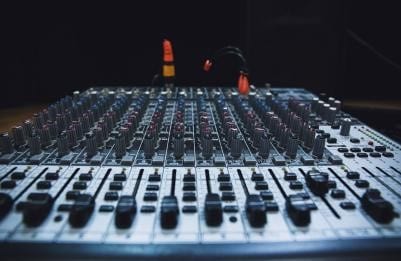
Synthesizers usually include enhancing volume, audio generation, reverb, bass, and many more. The use of equalizers makes it possible to harmonize wavetable samples such as instrumental sounds and vocalizations. By reducing or increasing volume and generate sounds from sides can be enhanced and harmonized by the use of equalizers. DJs, artists, musicians, and even normal people can create their music, though this does not mean that the process is easy. You will also need the right musical and listening talent to properly make a quality song or musical content.
Analogue Synthesizer
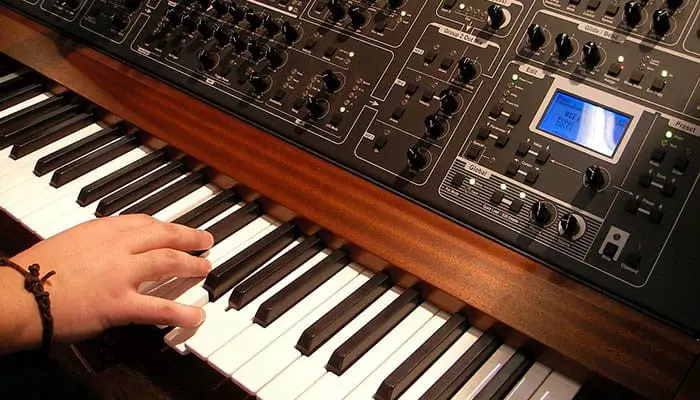
This method of synthesizing analog is a simple process of harmonizing waveform and reducing or increasing frequencies depending on one’s content. Thus, this means you can do various things with mixing sounds, such as basses, reverbs, vocals, melody, beat, and many more. You can also recreate simple waveforms into technical ones, like most popular DJs do when they create a catchy or enticing song. In some cases, artists and music creators would incorporate different sounds from different genres to make their genre. Some genres are an extension, progression, and even regression of popular genres. One example of this is the ska genre, which is a faster and lighter kind of reggae, which has been popularly utilizing synthesizers for a long time.
Sampling and Sample Remix
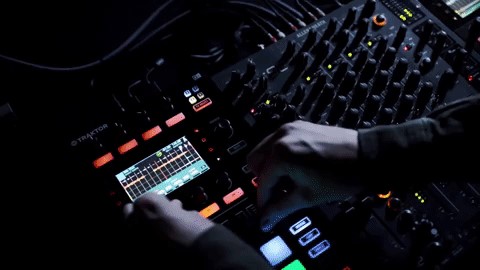
Sampling other songs is a common practice in today’s music industry, producers and artists are open when it comes to the use of their songs and content for remixing other songs. Some consider this as a compliment, as their songs are incorporated on different features and songs from various artists. But other artists prefer to sample and remix classic and old songs as there are no copyright infringements with these songs. One can use sample songs as their intro, outro, or even their chorus, they commonly reduce speed, vary audio and put audio effects to at least recreate something new. But this does not mean that they sample everything; most artists get a snippet of audio or a line of another song to sample. By doing so, they do not overuse or abuse the work of another artist.
Additives
Due to the adjustable wavetable and music timing that can be done by using programs and software, music has become more versatile. Musical content can be easily copied, remodeled, reworked, and a little addition will seem something new. That is why a lot of remixes and musical content use additives such as bass, vocals from other songs, beats, choruses, speeches, and many more. Today’s music evolves from recreating different sounds, incorporating technology, placing snippets, and changing pitches. These additions make today’s music very catchy; that is why the use of synthesizers is becoming more common as the days go by. A worldwide revolution of music that will continue growing as more music content comes to light.
Wavetable Harmonization
The use of electronics has revolutionized music and sound, as we can now deal with wavetables with ease. Devices such as laptops and synthesizers can make music from scratch, and this means you can create or recreate depending on what kind of music you want to create. Modifying wavetables by placing snippets and by having a base sound is the most common type of wavetable modification.
Most artists and music creators have a base melody or beat, and they will then incorporate various sounds, pitch changes, auto-tuning, and many more. After a few improvements in harmonization, placing lyrics and timing them is essential, this will result in a good harmonization of the lyrics and the beat. This feature can easily improve or reduce the quality of the song, as timing is an essential factor when it comes to music. The creation of wavetable synthesis has transformed music in what it is today, most rap songs and pop songs use wavetable synthesis to create unison in their songs.
Conclusion
Overall, the use of utilization and use of wavetable synthesis has paved the way for a revolution of today’s music. DJs, artists, singers, music creators and producers have incorporated the use of technology to improve the standard of music, may it be better or for worse, the use of technology has changed the course of music in the future.
